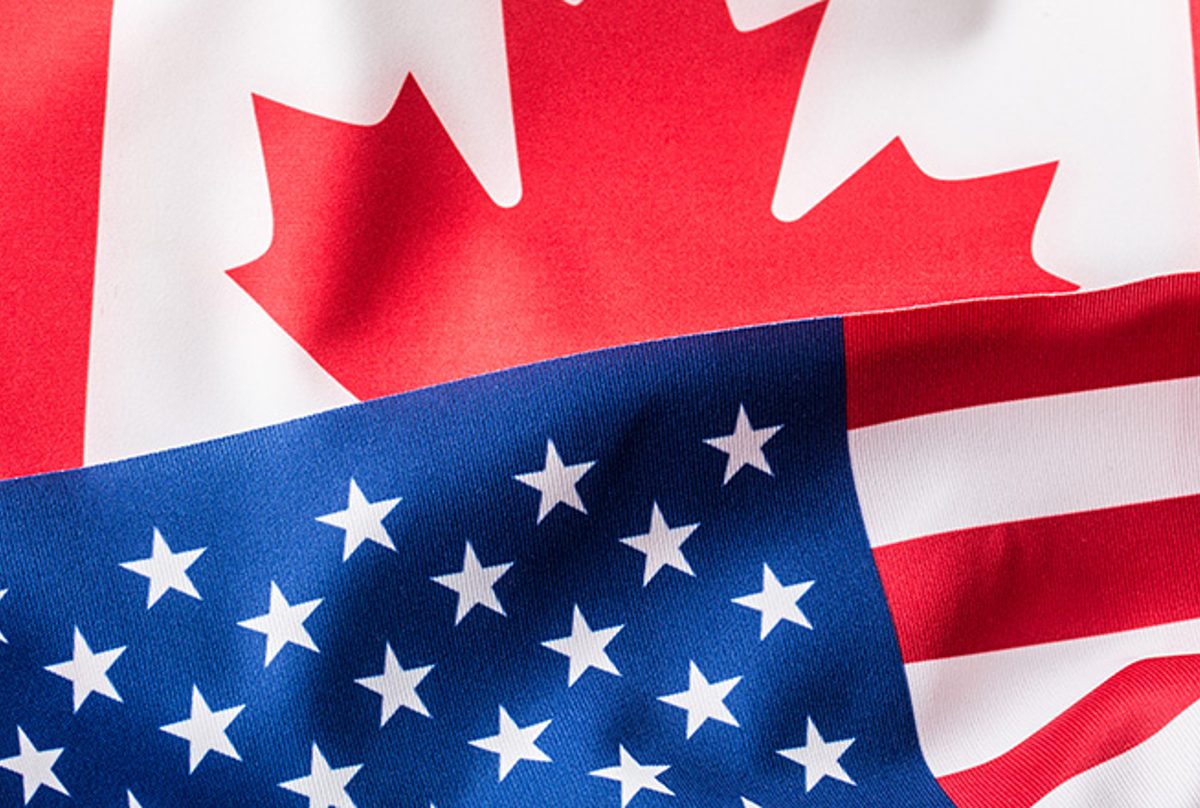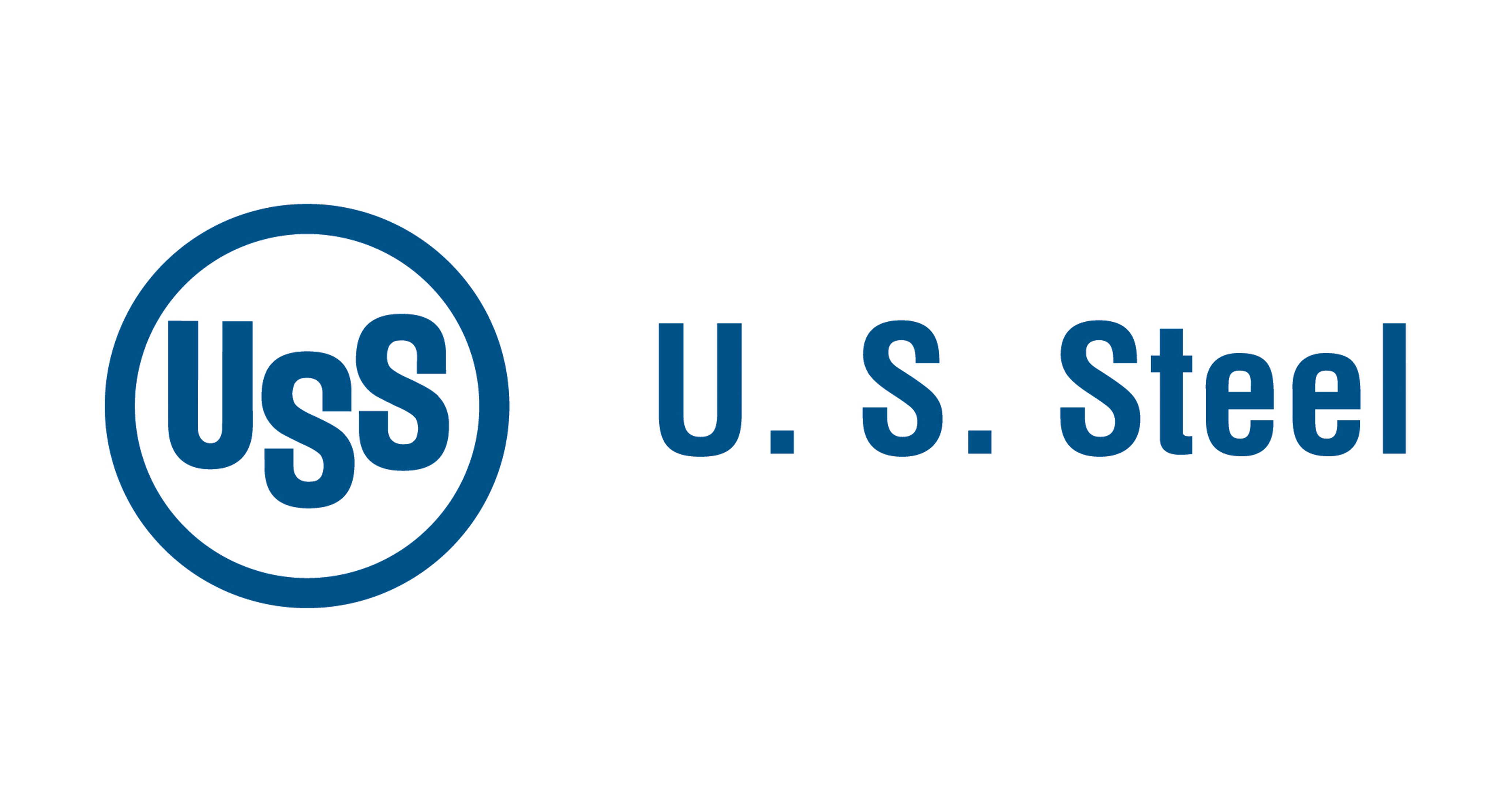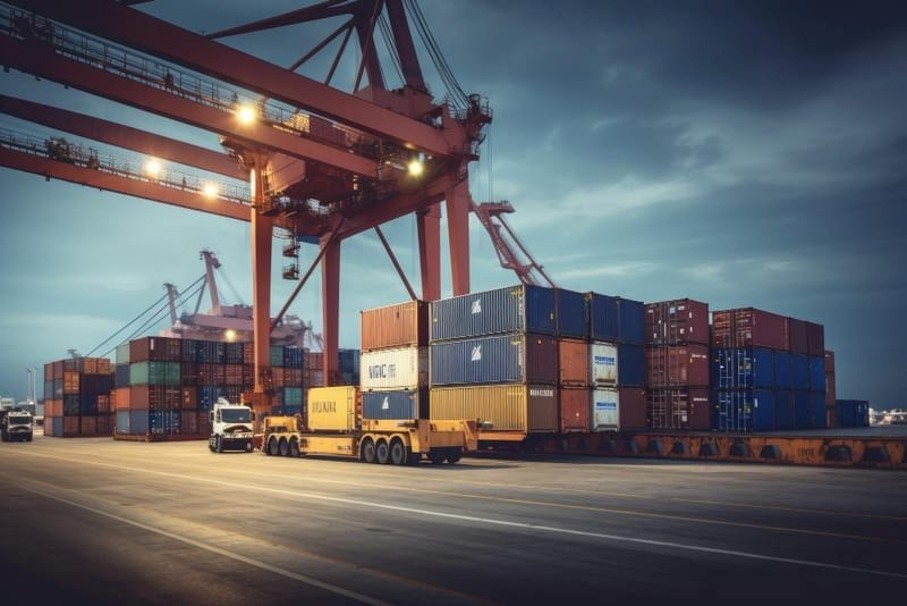Government/Policy

May 16, 2025
Price: One-off deal for the UK, pause in China trade war, and more
Written by Alan Price & Ted Brackemyre
International trade remains at the forefront of President Trump’s agenda, especially as new negotiations and investigations continue to be announced. With respect to the steel industry, ongoing discussions and new proposals on various tariff measures and non-tariff barriers are worth monitoring. We explore below a few of the issues that we are watching most closely.
The US and the UK strike a deal with ramifications for the steel sector
On May 8, 2025, the United States and the United Kingdom announced a framework for a trade deal between the two countries, which marks the first such agreement since the United States imposed broad-based reciprocal tariffs earlier this year.
While not a comprehensive or complete trade agreement, the US-UK deal does have direct consequences for the steel industry. Namely, the United States commits to negotiating an alternative arrangement for the United Kingdom regarding the Section 232 steel and aluminum tariffs.
What that alternative UK arrangement will look like is still being determined. However, UK steel imports will become subject to a Section 232 quota arrangement, instead of the current 25% tariffs in place on all steel imports. The exact terms of that arrangement (i.e., the level or nature of the quota) have not been specified and will need to be negotiated.
The Trump administration has reiterated that this agreement is a one-off solution, driven by the special relationship between the United States and the United Kingdom, as well as the unique condition of the smaller UK industry.
In other words, this deal does not foreshadow a pattern of trade agreements that will further carve up the Section 232 steel program.
We hope that is the case because a hollowing out of the Section 232 steel tariffs with additional special arrangements did not work under the previous administration and could undermine the very purpose of the program.
Indeed, with Cleveland-Cliffs indefinitely idling three of its steel mills in the United States, and the financial condition of the entire industry deteriorating, we anticipate that the administration will continue to prioritize American steel workers and producers over those in the UK and elsewhere in future negotiations.
The United States’ agreement with the United Kingdom also coincides with an eventful few weeks for the UK steel industry.
Last month, the UK government took control of the previously Chinese-owned British Steel. This last-minute, pseudo-nationalization of UK steelmaking was done to allow the company’s steelmaking operations to continue after British Steel’s Chinese owners had taken steps to shut down production.
Significant and rising excess steel capacity worldwide will require the global steel industry to right-size, allowing old and obsolete capacity to exit. Frankly, British Steel’s operations stand out as an example of the type of capacity that should be allowed a dignified death, rather than being bailed out and forcing market-based producers in the United States and Europe to shutter.
At the same time, the UK government’s actions do emphasize that the UK steel industry, almost entirely foreign owned and described by another publication as “pathetic,” illustrates the heightened risk of foreign ownership (not just Chinese ownership) of domestic steel production, as there can be a significant divergence between the interests of foreign corporate owners and national interests.
US and China roll back tariffs, but Vietnam concerns linger
The United States and China agreed on May 12, 2025, to pause their ongoing trade war and temporarily slash tariffs on each other’s imports. Following a weekend of negotiations in Geneva, the United States and China committed to lowering tariffs on each other by 115% for the next 90 days, while the two sides continue trade and economic discussions. China will also suspend certain non-tariff retaliatory measures as part of the agreement.
This deal reflects a degree of normalization in the US-China trade relationship and constitutes a respite in the escalation of trade tensions between the two countries. That said, in our view, it is hard to say where things go from here, and a renewed ratcheting up of US-China tariffs remains a possibility.
One critical issue tangential to any trade negotiations between the United States and China is the Vietnam problem. The communist Vietnamese government has increasingly aligned itself with China, and Vietnam’s steel sector is no exception.
In many respects, the industry is often Vietnamese in name only, with many of Vietnam’s steel mills being built and financed by China. Indeed, especially as more Chinese Belt and Road Initiative funding flows, the Vietnamese economy looks increasingly Chinese.
Growing Chinese influence in Vietnam is a problem for the United States in part because it provides a conduit for China’s massive excess steel capacity to reach the US market. Indeed, we learned that very lesson during the first Trump administration. And the US government has already found multiple times that Chinese steel circumvents and evades American trade orders by being rerouted and transshipped through Vietnam and other Southeast Asian countries.
As Chinese overcapacity continues to grow and its relationship with its partners in Southeast Asia strengthens, those trade concerns will likely worsen.
Behind the scenes, the Vietnamese government has been pushing the United States to treat Vietnam as a market economy.
Less than a year ago, after the Vietnamese government requested that its non-market economy (NME) status be reconsidered, the US Commerce Department found that Vietnam continues to function as an NME for the purposes of US antidumping duty laws.
Now, in the context of broader tariff negotiations, Vietnam appears to be pushing to have its NME status revisited. From a trade perspective, it is imperative that the US government not reverse course, as there are significant trade impacts to doing so.
Graduating Vietnam to a market economy or recognizing market-oriented sectors would limit the ability of the United States to combat unfairly traded Vietnamese imports through US trade remedies laws.
And Chinese companies would be even more highly incentivized to ramp up their activities in Vietnam to gain access to the American steel market. The United States learned its lesson with communist China, and it would be naïve to think that trade will neutralize or meaningfully reduce the influence of fellow communists in Vietnam.
The EU’s Steel and Metals Action Plan – a double standard
Turning to Europe, the European Union (EU) is in the process of implementing its Steel and Metals Action Plan. But despite European statements to the contrary, it is not clear how different the EU’s proposals are from the US Section 232 steel program.
A cursory read of the EU’s plan reveals its aims, which are to largely mimic the US Section 232 program, and includes steps to establish a “long-term measure providing a highly effective level of protection to the EU’s steel sector.”
We recognize the need at times for well-designed industrial policy, particularly in light of massive global steel overcapacity. However, the EU’s rhetoric on this issue appears hypocritical, especially as it faults the United States for its Section 232 steel program.
Notably, the EU seeks to limit steel imports through its latest proposal, which the largest European steel producer, ArcelorMittal, characterizes as effectively capping imports at 15% of the EU market. That is a notably lower import share than the American steel market. Yet, the EU has no qualms about decrying the United States as unduly protectionist when it comes to steel.
This double standard is not lost on us, nor should it be on the US government. Rather, the hypocrisy of the EU shows why its retaliation against the U.S. Section 232 program makes little sense.
The EU also wants to limit scrap exports and tries to justify these policies on the faulty logic that “scrap leakage” would impede decarbonization efforts. The exact opposite is true. Since scrap is the key ingredient in lowering steel production emissions, restricting scrap trade necessarily raises global steel emissions. This is because the excess scrap that is not consumed domestically is either hoarded (and not consumed) or will fail to flow to the non-EU producers who could achieve the greatest decarbonization gains by using it.
Of course, the real reason behind this proposal is that the European steel and aluminum industries think that restricting scrap exports will give Europe a cost advantage by creating a scrap supply glut.
This has nothing to do with legitimate climate ambitions or industrial decarbonization. In fact, these actions are patently inconsistent with the World Trade Organization rules and principles that the EU purports to follow, while routinely criticizing others for allegedly violating them.
Important IEEPA tariff loophole closed for certain steel imports
On Friday, May 16, 2025, US Customs and Border Protection issued a revised list of the commodities considered “energy and energy resource” products for the purposes of the International Economic Emergency Powers Act (IEEPA) tariffs in place on Canadian imports.
Notably, the updated list removes many of the steel and aluminum products previously listed as “energy and energy resource” commodities, and thus subject to the lower 10% Canadian IEEPA tariff rate.
This is an important clarification because, under President Trump’s recently issued tariff de-stacking executive order, imports are supposed to be subject to one of the Section 232 autos tariffs, the Canada or Mexico IEEPA tariffs, or the Section 232 steel tariffs (in that order).
As such, without this clarification, certain non-USMCA compliant steel goods could have been imported from Canada under a 10% IEEPA tariff, whereas otherwise identical USMCA-compliant steel products would have been subject to a 25% Section 232 steel tariff (as USMCA-compliant goods would not be subject to IEEPA tariffs).
In effect, companies would have been rewarded for not complying with USMCA. This revision is also consistent with the administration’s stated purpose of ensuring that all imports subject to these programs are covered by at least one of the 25% tariffs.
* * *
As a final note, reciprocal tariffs will soon be back in the news. President Trump stated on Friday that his administration will be sending countries letters in the next two to three weeks indicating their reciprocal tariff rate going forward, once the 90-day pause is lifted. We will certainly be monitoring closely.
Editor’s note
This is an opinion column. The views in this article are those of an experienced trade attorney on issues of relevance to the current steel market. They do not necessarily reflect those of SMU. We welcome you to share your thoughts as well at info@steelmarketupdate.com.

Alan Price
Read more from Alan Price






